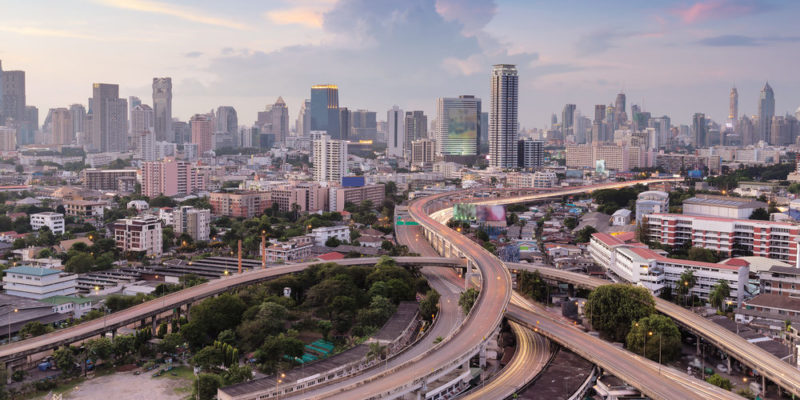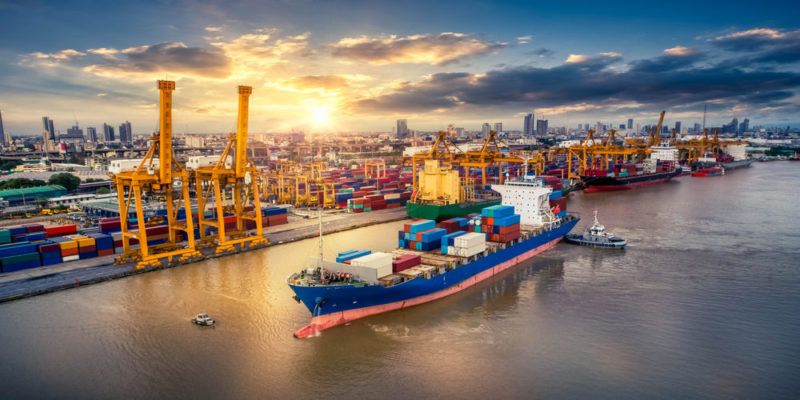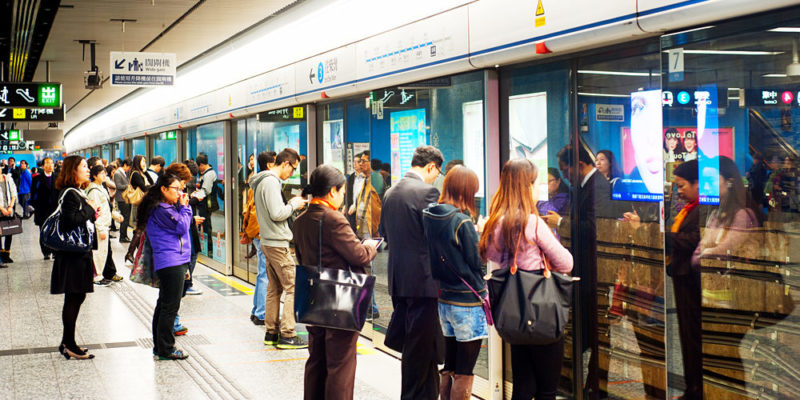We explain what developing countries are and what their economy is like. Also, what are its characteristics and obstacles?
What are developing countries?
The term “ developing countries ” refers to the economic development of a country, although it can affect all aspects of it (political, social, etc.).
The economy of these countries is in a state of transition, between underdevelopment and fully developed economies. The criteria used to determine that a country is developing, and thus distinguish it from an underdeveloped country, are:
- The human development index. It must exceed 0.800. This index is determined based on data on per capita income, life expectancy and education.
- Rent per capita. It must be greater than $ 8,000.
- Economic deployment. A growing economy can determine that a country is developing, even if the other two criteria do not meet the requirements.
Characteristics of developing countries :
Social change
It is common in these countries due to the migration of populations from rural to urban areas.
Infrastructure
 For development to be possible and for a country to be distinguished from an underdeveloped country, it is necessary that there is a certain infrastructure. This infrastructure must be physical (means of transport and communication, available technology) and institutional (legislative framework). However, technological development may depend on other countries.
For development to be possible and for a country to be distinguished from an underdeveloped country, it is necessary that there is a certain infrastructure. This infrastructure must be physical (means of transport and communication, available technology) and institutional (legislative framework). However, technological development may depend on other countries.
Internal economy
One of the requirements for a country to enter developing is that there be significant savings and investment . However, this feature is not enough.High unemployment rates are often found in these countries . In countries that achieve high levels of per capita income, low employment or precarious employment of a sector of the population results in large differences in the quality of life among the inhabitants. That allows labor to be very cheap.
External economy
 Developing countries are often in a situation of dependency within the international division of labor panorama . The consequence is that commercial exchanges are subject to the rules of richer countries .
Developing countries are often in a situation of dependency within the international division of labor panorama . The consequence is that commercial exchanges are subject to the rules of richer countries .As a consequence, an important part of your resources is usually used to pay interest on debts . This is because the reforms imposed to maintain financing are not adequate to promote sustained growth of the local economy.
Trade relations are usually for the export of raw materials and the import of industrialized products . The lower the dependence on foreign industries, the higher the level of development of the country.
Financial market
In developing countries with inefficient policies, their further development is seriously compromised. In such cases, the markets financiers are underdeveloped and fixed currency exchange rates, financing of public deficits generated inflation and widespread indexation both wages and prices are.
Politics
The political unstable usually because of their economic dependence on central countries. Internal struggles between different ideologies can prevent a stable and lasting project.On the other hand, if this trend is interrupted and the political situation stabilizes, decisive measures can be taken that either benefit or harm economic development . In other words, economics and politics affect each other, and their interaction is vital for the development of the country.
Poverty
 Poverty is always a central problem in developing countries , because even when development is underway, the economic benefits are not evenly distributed throughout the company .
Poverty is always a central problem in developing countries , because even when development is underway, the economic benefits are not evenly distributed throughout the company .In other words, an important sector of society continues to live in conditions similar to those of an underdeveloped country. These sectors can suffer hunger, social exclusion , limitations in access to health services and education .
Migration
 In these countries, there are migratory phenomena in both directions. Due to the limited possibilities of growth that some sectors of the population have, it is common for people suffering from poverty to move both within the country's borders and towards neighboring countries in search of better opportunities.
In these countries, there are migratory phenomena in both directions. Due to the limited possibilities of growth that some sectors of the population have, it is common for people suffering from poverty to move both within the country's borders and towards neighboring countries in search of better opportunities.On the other hand, the most benefited sectors also migrate , although to a much lesser extent, seeking better educational or professional opportunities, since the benefits that local development has brought them allow them to pay for these trips. If these migrants subsequently return to their country of origin, the learning they have carried out contributes in turn to national development.
On the other hand, if a country advances in its development and is located in a region of underdeveloped countries, immigration from those poorer countries will appear , seeking opportunities that, however scarce, improve the conditions than those that the country could offer. source.
Heritage
The drive for development and the real economic needs suffered by a significant part of the population can lead to the benefit of investment and infrastructure creation in these countries even if the consequence is the destruction of historical heritage (for example, the demolition of buildings historic buildings for the construction of new, more efficient buildings) or environmental heritage (for example, the introduction of mining industries without proper supervision of environmental care).
Obstacles
 Within the world order, there are certain obstacles for individual countries to be successful in their economic development:
Within the world order, there are certain obstacles for individual countries to be successful in their economic development:
- Demographics. Due to the unprecedented increase in population worldwide, investments are quickly absorbed and make capital accumulation difficult.
- Technology. Industrial growth depends on technological growth, a factor that requires specific learning, that is, it hinders growth.
- Transport. The price of transport is so low that, without protections to limit imports, domestic markets can be invaded by manufactured products from already developed countries, preventing the development of local industries.
The above content published at Collaborative Research Group is for informational and educational purposes only and has been developed by referring to reliable sources and recommendations from technology experts. We do not have any contact with official entities nor do we intend to replace the information that they emit.
MA student of the TransAtlantic Masters program at UNC-Chapel Hill. Political Science with a focus on European Studies. Expressed ideas are open to revision. He not only covers Technical articles but also has skills in the fields of SEO, graphics, web development and coding. .
Leave a reply
Your email address will not be published. Required fields are marked *Recent post

Sport: What Is It, Types, Risks, Features, Characteristics and Examples

Dogs: Emergence, Features, Characteristics, Feeding and Breeds

Story: Definition, Elements, Structure, Features and Characteristics

